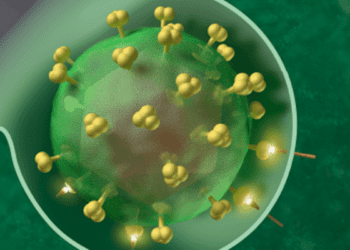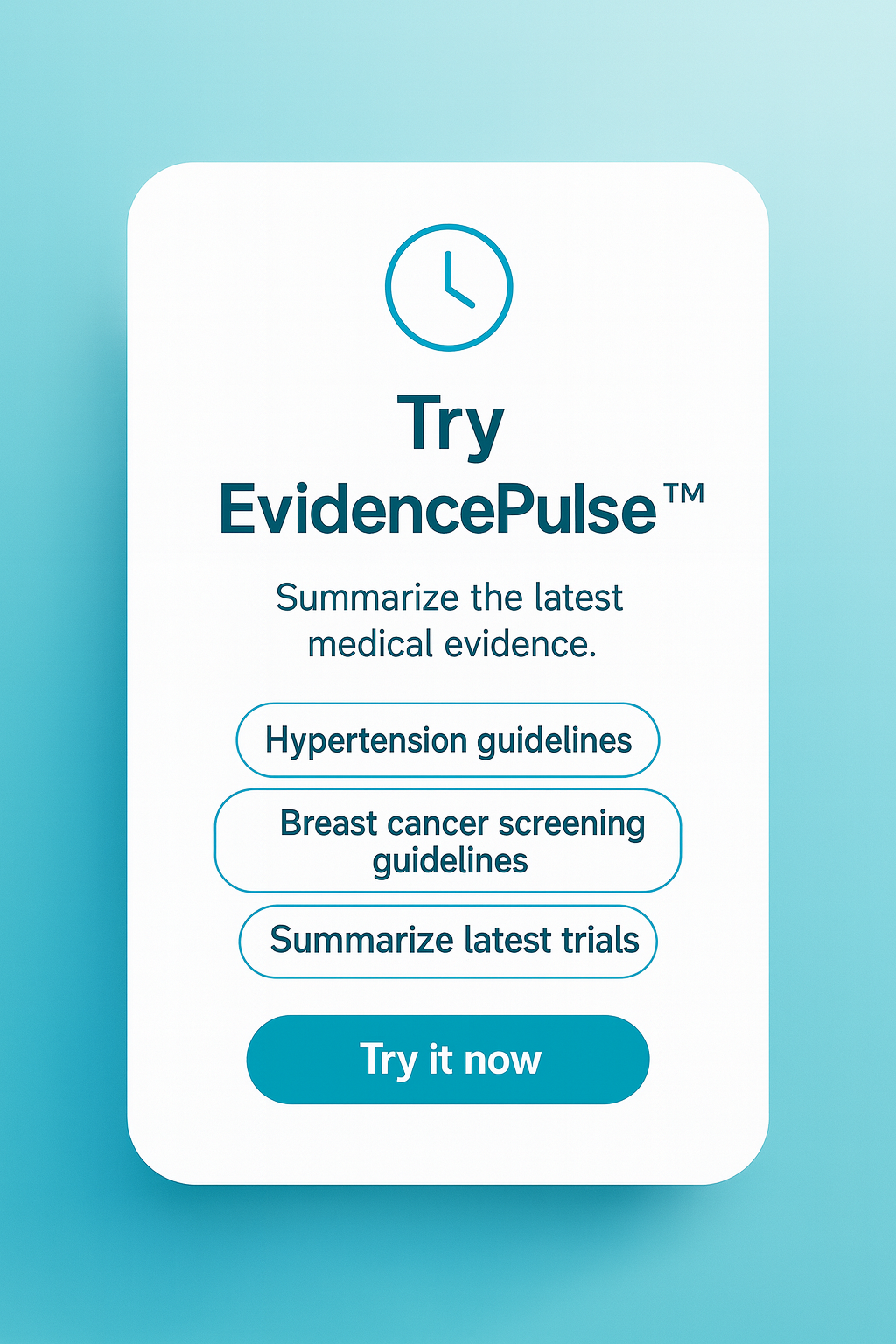Osteoporosis and fracture risk increased following benign hysterectomy among female patients in Korea
1. This large retrospective cohort study found that female patients who underwent a hysterectomy with or without an adnexal surgical procedure had an increased osteoporosis risk compared with those without a hysterectomy.
2. Beyond 7 years, osteoporosis risk in the hysterectomy group without adnexal surgery was similar to the nonhysterectomy group, while the hysterectomy group with an adnexal procedure maintained an increased osteoporosis risk.
3. Despite the increased osteoporosis risk, hysterectomy with or without an adnexal surgical procedure was not associated with an increased fracture risk.
Evidence Rating Level: 1 (Good)
Study Rundown: Osteoporosis—a condition that renders bones fragile and more prone to fractures—affects affects around 15% of women aged over 50 in the United States. In older women, osteoporosis-related fractures are a leading cause of death, disability, and medical costs. Hysterectomy is a common gynecological procedure often involving a bilateral oophorectomy, a known risk factor for osteoporosis through its reduction in estrogen levels. There is no consensus on how hysterectomy with ovarian conservation affects ovarian function and osteoporosis risk. Hence, this large retrospective cohort study aimed to evaluate the risk of osteoporosis and fractures following hysterectomy with or without adnexal surgical procedures. The National Health Insurance Service data in South Korea was used from 2002 to 2020 to conduct this study. Compared with females who did not have a hysterectomy, the prevalence of osteoporosis was higher in female patients with hysterectomy. The study observed that 7 years after study entry, hysterectomy, with or without adnexal surgical procedures, was associated with a higher risk of osteoporosis compared to the nonhysterectomy group. After 7 years, only hysterectomy with an adnexal surgical procedure showed a continued association with increased osteoporosis risk. Fracture rates were similar in both groups.
Click to read the study on JAMA Network Open
In-Depth [randomized controlled trial]: Osteoporosis, a condition that makes bones more prone to fractures, is a significant contributor to mortality, disability, and increased medical costs in older women. Hysterectomies are a common gynecological procedure often accompanied by oophorectomy. While a bilateral oophorectomy leads to a substantial reduction in estrogen levels and is a known risk factor for osteoporosis, the impact of hysterectomy with ovarian conservation on osteoporosis risk is unknown. This retrospective cohort study employed the NHIS data from 2002 to 2020 to evaluate the risk of osteoporosis and fractures following hysterectomy with or without adnexal surgical procedures. 12 955 patients (median age [IQR], 48 [44-50] years; median [IQR] follow-up period, 10.9 [9.4-12.6] years) were propensity score matched to 12 955 patients (median age [IQR], 47 [44-49] years; median [IQR] follow-up period, 10.9 [9.4-12.8] years) without hysterectomy. Of those in the hysterectomy group, 2206 (17.0%) had a hysterectomy with an adnexal surgical procedure. The prevalence of osteoporosis was 19.2% in the hysterectomy group compared with 16.9% in the nonhysterectomy group (P<0.01). Within 7 years after study entry, osteoporosis risk was elevated for individuals undergoing hysterectomy, either with (hazard ratio [HR], 1.56 [95% CI, 1.33-1.82]) or without (HR, 1.28 [95% CI, 1.19-1.37]) an adnexal surgical procedure. Beyond 7 years, only hysterectomy with an adnexal surgical procedure maintained a higher osteoporosis risk (HR, 1.20 [95% CI, 1.04-1.40]), while hysterectomy without adnexal surgery exhibited a risk similar to the nonhysterectomy group (HR, 0.99 [95% CI, 0.93-1.06]). These findings persisted in age-specific analyses, and rates of vertebral, hip, or other fractures were comparable across all groups. Overall, these findings suggest that among female patients aged 40 to 50 years, compared with having no hysterectomy, hysterectomy without adnexal surgery was associated with an increased osteoporosis risk within 7 years, but not thereafter.
Image: PD
©2024 2 Minute Medicine, Inc. All rights reserved. No works may be reproduced without expressed written consent from 2 Minute Medicine, Inc. Inquire about licensing here. No article should be construed as medical advice and is not intended as such by the authors or by 2 Minute Medicine, Inc.








